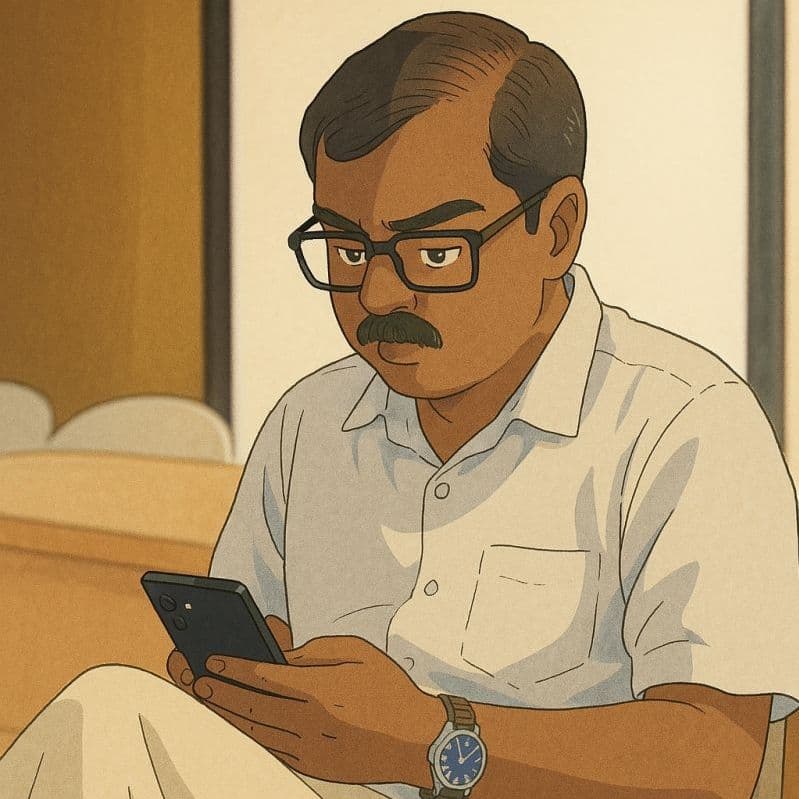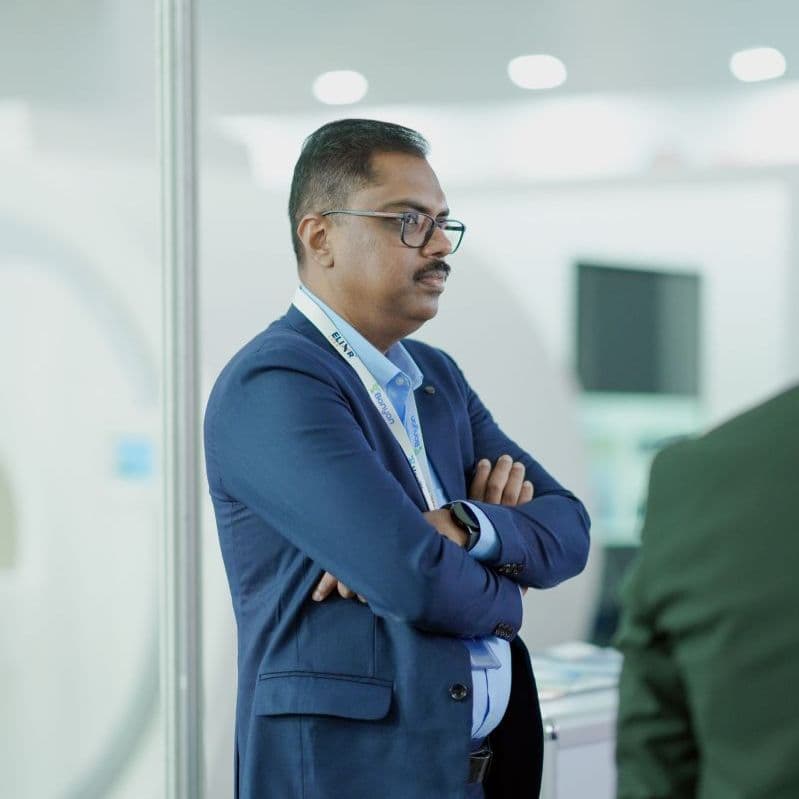
We were having a regular team meeting, talking about what hospital staff thought of our new communication tool. We looked at how people were using it and tried to find ways to make it better. Then, one team member said something that made me pause and think.
"We're trying to make things work faster and easier, but the hospital staff don’t even know they need that. They're so used to things being messy and confusing, they think that’s just how it’s supposed to be."
At first, I didn’t agree.
Why wouldn’t hospital staff want to communicate with each other more easily? Why wouldn’t they want things to be faster and less stressful? I thought they would understand how helpful our software was.
But when we looked more closely at their feedback, we started to notice something surprising.
Doctors, nurses, and hospital staff weren’t saying our software was bad. They just didn’t see what it was solving. They were so used to missing messages, making the same calls over and over, and getting late updates, that it all felt normal to them. It was just part of their everyday work.
The more we watched, the more we saw that people didn’t think miscommunication was a problem. To them, it was just the usual way things worked.
Old Habits Mask Healthcare Communication Problems
In busy places like hospitals, you’d expect people to be excited about anything that helps save time or avoid mistakes. But that’s not always what happens.
If a system stays the same for years, people start to accept it. Juggling many jobs, fixing problems quickly, and rushing at the last minute feel normal. They don’t notice the mess or stress because it’s how they’ve always worked. Teams just get used to the mess and think that’s how the job is supposed to be.
But the problems are bigger than people think. Slow communication makes patients wait longer. Important messages that are misused or confused can lead to mistakes in treatment.
And when staff are constantly going back and forth for no good reason, they get tired and stressed much faster.
But since these problems have been around for so long, people just think they’re a normal part of the job.
Helping Hospitals Understand the Issues
That meeting changed the way we worked. We understood that just making great software wasn’t enough.
First, we needed to help hospitals notice the problems our software could fix. Before we could ask hospitals to start using our software, we had to help them understand the problems.
So, we changed our plan. We showed real examples of what happens when communication goes wrong, like lab results getting late and important patient information being missed during nurse changes.
We supported these stories with facts and numbers. We showed how much time was wasted doing the same things over and over. We also showed how much faster doctors and nurses could make decisions when they had the right information right away.
We watched hospital workers closely and made maps showing how they shared information. We drew pictures to show how messy and broken their communication systems were. When the staff saw these pictures, they finally understood the problems better.
Helping Healthcare Teams without Criticism
We also learned that it’s important to be kind and understanding when talking about these problems. It’s not about blaming hospitals for mistakes. It’s about recognising their struggles and showing them how things can get better.
Most doctors and nurses are too busy helping patients to stop and think about problems with how they work. They have a lot to do, often using old methods and working without enough staff. The last thing they want is someone telling them what they’re doing wrong.
What they need is help, something to show them that work can be easier, faster, and less stressful. That’s what we want to do now.
Encouraging Change by Changing Mindsets
Since we changed how we do things, people have responded well. When hospital teams see how much time they waste with unnecessary back-and-forth or how patient care gets delayed because information is kept separate, they begin to ask good questions. They become curious instead of doubtful, and they get involved instead of fighting it.
That’s when people start using the software naturally. Instead of forcing them to use it, we help them change how they think. And that’s when real change happens.
We learned that real change doesn’t start simply by giving people new ways to reduce their workload. It starts when they understand why those tools matter.
When hospital teams see how bad communication causes delays, mistakes, and stress, they become open to trying something new. Using kindness and real examples helps them stop resisting and start asking questions.
This makes them want to use the software naturally, which leads to better patient care and less stress for staff. As we keep working on this, here’s something to think about: How many problems do we accept as normal without realising they could be fixed?
What problems in your own life might change if you looked at them in a new way?

Bootstrapped vs Funded: Startup Stories That Teach Us What Really Works

The Mindset Shift That Changed Everything: Pushing Past Excuses with the 40% Rule

How Visual Storytelling Builds Trust and Connection in Healthcare
